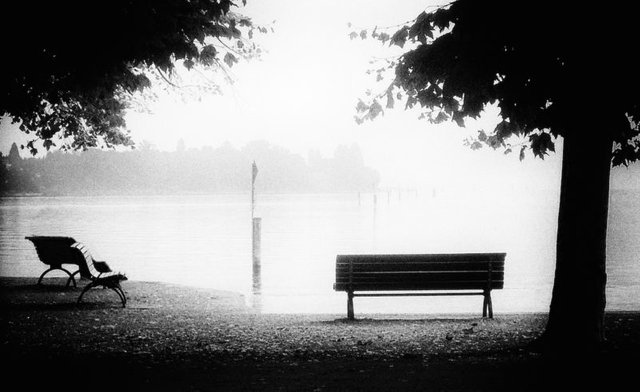Grief and Loss - An Odd Coping Mechanism
While staying at a local B&B in Mexico, the owner asked me if I wanted to participate in the building of an altar for the courtyard of the house.

I immediately agreed, thinking it would be an interesting art project and a way to connect with the people I was living with at the B&B. For a number of years, I carried a picture of someone close to me who died of cancer. I have experienced the death of loved ones before in my life but his death was sudden and unexpected for me. I still vividly remember the phone call from my sister telling me our uncle had died. The level of grief I experienced was immeasurable.
Therefore, my grieving process has been slow. Many nights, I had dreams where my uncle would reappear to me. I never remember what he tells me in my dreams as if my subconscious does not want my conscious to really know. Over the years, the pain became less severe but always the sense of loss was there, like a hole that can never be completely filled. I thought I had fully come to terms with his death until I started to build the altar in Sayulita. I wasn’t prepared for the emotions which would bubble to the surface.
Many people have heard of the 5 Stages of Grief or Loss: Denial, Anger, Bargaining, Depression and, Acceptance. These are the famous stages as espoused by Dr. Elisabeth Kubler-Ross during her research into the subject back in the 1960s. Thinking back now, I believe I was truly “stuck” in the Depression stage. I experienced this profound sense of emptiness, no matter how well the rest of my life was going. I didn’t feel it all the time and certainly could experience these wonderful moments in my life, so it was not clinical depression but that emptiness was always there in the background.

While researching grief and loss for this article, I came across many articles about the use of personal ritual in grief work. Various publications from online publications such as Lifehacker and traditional magazines such as The Atlantic have written about research around the use of personal ritual, especially in coming to terms with the dead. The research about the efficacy of using ritual to mitigate and overcome loss appears solid. Rituals help us deal with the chaos of death to overcome those feelings of living in an uncaring cosmos. It’s clear Pre-Colombian people here in Mexico understood and knew this fact. Both private and public rituals were weaved in their cultures. People need to process their sorrow, people have a need TO DO something, anything to resolve this sense of loss and longing.
So I collected the required items: my uncle’s favorite snacks to appease his hunger in the afterlife, a decorated, clay skull to represent his passing and as an offering to Catrina, the Goddess of the Loved Dead. Finally, my picture of him was placed on the altar, reflected in front of a mirror, so that he could see into the world of the living again. Did I actually believe that he was present and witnessing this festival? No. However, the physical act of building this altar, lighting the candles and finally, sitting and reflecting at the altar helped me to fully accept his passing. After the three day festival, I felt whole again, the emptiness was gone. When I thought of my uncle, my memories were joyous and no linger filled with sorrow and regret. I had witnessed the power of personal ritual and it fully healed me.
Dia de los Muertos begins on October 31st every year and ends on November 2nd. If you are to participate in the festival in Mexico, I highly encourage you to do so. If not, consider building your own small, personal altar to those you have loved and died. You may find yourself a more whole person afterward as well.
Unmentionably Satisfying Reads
The Best Spurt of Courage You Will Ever Need
Mentors and Role Models
You Go, Grasshopper
Business Ambition vs Philosophical Growth